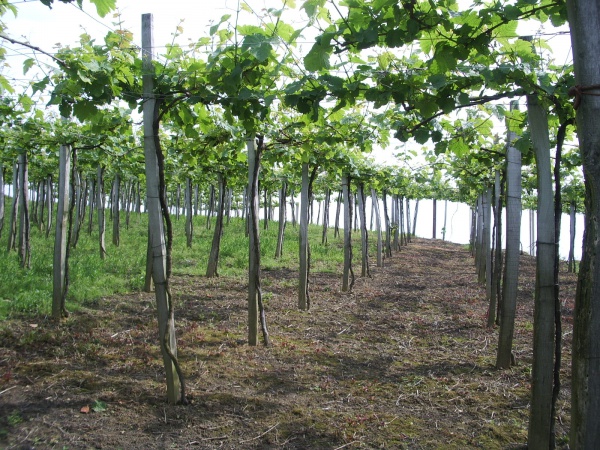Facts About Txakoli
Txakoli, also known as Chacolí, is a delightful dry white wine celebrated for its high acidity and low alcohol content. It is chiefly produced in the Basque Country, Cantabria, and northern Burgos in Spain, with a smaller production presence in Chile. Often enjoyed as an aperitif, txakoli is best consumed within a year of bottling. The wine is available in white, red, and rosé varieties.
One unique aspect of serving txakoli is the traditional method of pouring it from a height into tall glasses, typically accompanied by pintxos, the Basque version of tapas. The alcohol by volume (ABV) of txakoli generally ranges between 9.5% and 11.5%.
For those interested in the history of txakoli, the Museo del Txakoli in Leioa, near Bilbao, offers a fascinating glimpse into the wine's past, complete with displays of the machinery used in its production. The term "txakolin" in Basque translates to "the txakoli" while the Spanish word "chacolí" is derived from the Basque term. The exact origin of the word remains somewhat mysterious, with several theories proposed.
Historically, txakoli was a homemade wine. However, the 1980s marked a turning point when it achieved Denominación de Origen (DO) certification, significantly enhancing its quality and popularity. While txakoli was traditionally fermented in large oak barrels, modern production primarily uses stainless steel vats.
There are three DO-certified varieties of txakoli: Getaria, Biscay, and Alava. Each of these regions boasts specific grape varieties and production techniques, with Getaria being the first to receive DO certification in 1989. Additionally, Chacolí is produced in Cantabria and the Valle de Mena in Burgos.

 France
France